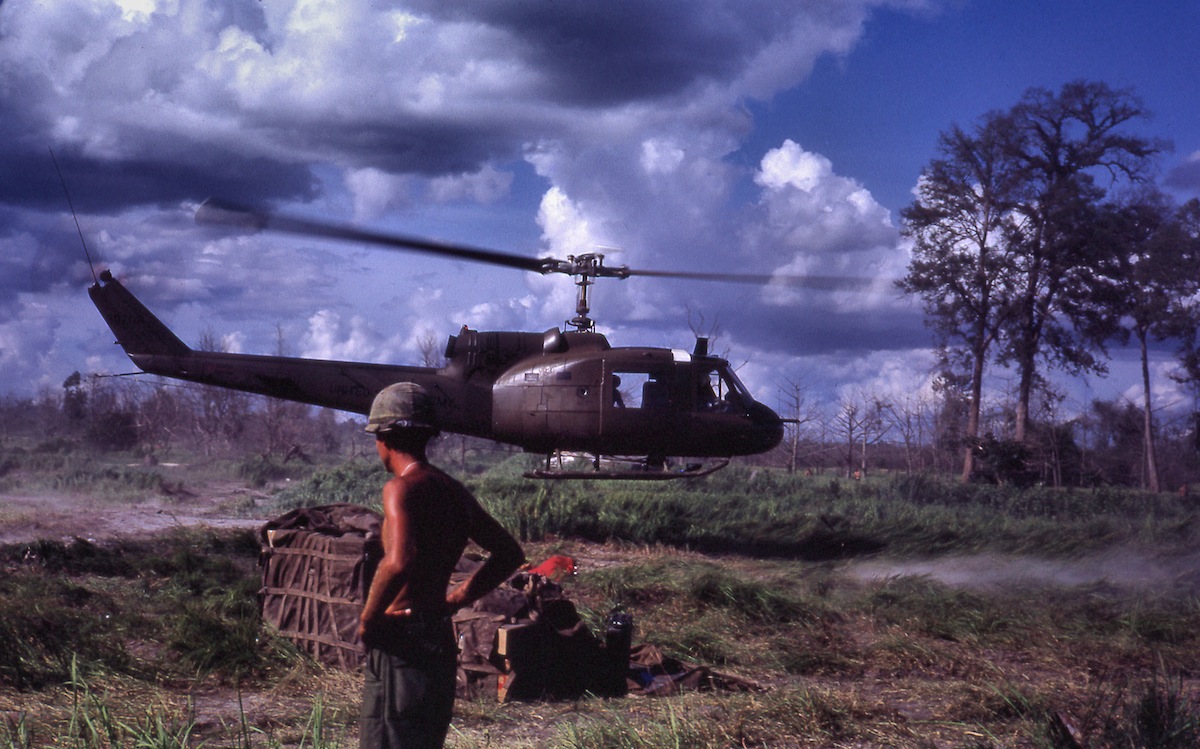
When Christopher Gaynor returned home from the Vietnam War, on Feb. 6, 1968, he didn’t leave with memories alone. He had spent his 13 months in the field artillery creating pictures, too. Untrained but inspired by combat photographers, he brought one of the era’s ubiquitous Brownie cameras—before investing $94 in an Asahi Pentax SLR—to record his experience. To develop each roll of film, he took it to the Post Exchange on the base camp, they mailed it to Kodak for processing, Kodak mailed it back to Vietnam and, finally, Gaynor mailed the pictures home.
But the world he encountered when he got back to the United States wasn’t exactly ready to look at them, and neither was he. The anti-war movement was strong and attitudes toward veterans were, he found, hostile. Before the year was up, he decided to leave the country. He spent the following years in England and Spain, and didn’t return until the year the war ended, which happened 40 years ago this month on April 30, 1975.
“I put [the photos] in a box, a box from Lavoris mouthwash. I didn’t look at them, I put them in the box, sealed it up, and they stayed in that box until 2007,” Gaynor, now 70, recalled. “I didn’t want to deal with it.”
Even after his return to the United States, decades passed before he decided that he should do something with that box. In 2007, he was diagnosed with Parkinson’s disease, which he thinks is related to his exposure to Agent Orange during the war, and facing an illness motivated him to think about his legacy. At the time, the VFW post on Vashon Island, Wash.—where Gaynor still lives with his husband—was sponsoring a Boy Scout troop; one of the troop members wanted to scan Gaynor’s photos as part of his Eagle Scout project. Though Gaynor admits that his expectations for the results were low, he went along with the idea.
To say that he’s glad he did would be an understatement.
“I looked at them and they all came alive again,” he said. “It was completely overwhelming. All my buddies from 40 years previously [were] looking at me from these pictures, even the guys who weren’t with us anymore. Looking at the pictures put me right back into the jungle as if I were a 21-year-old soldier again.”
Gaynor notes that most of his photos, some of which can be seen above, aren’t of the dramatic scenes familiar from war photography. Rather, he captured the off times, with soldiers relaxing, playing ball, hanging out. It was portraiture, not fighting scenes, that brought back the memories.
And it wasn’t just a matter of remembering moments long buried. After opening the box, Gaynor began to investigate his own memories, digging out the letters he had sent home. He started to talk about his experiences and began to get more involved in the VFW and the American Legion. (He is the only openly gay officer of the American Legion of whom he knows, he said.) He reached out to younger veterans who had been in Iraq and Afghanistan. He established relationship with the families of his friends who had died in Vietnam. He became a consultant on the Vietnam-reenactor documentary In Country, which is out on video on demand on April 28. Though he does not want to make any money from the images, he tried to get his exposure for his photos in order to help other veterans connect with their memories, self-publishing a book of his photos and letters from the war.
The memories and images that had been buried for decades became the opposite of hidden, motivating Gaynor to reorganize his life around a new mission.
“It’s a difficult emotional stress [to revisit that time] but I had to do it,” he says. “Finding the pictures completely changed my life. There are no words to describe how it affected me. They’ve continued to reward me and live on.”

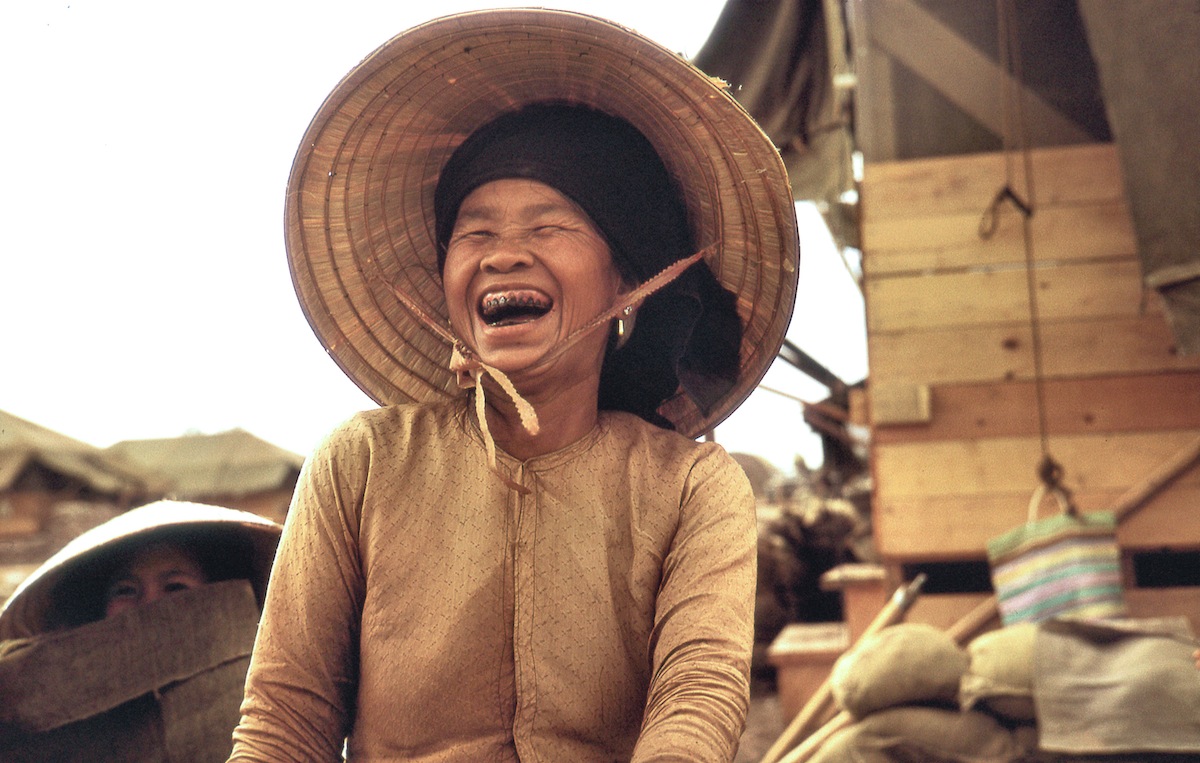
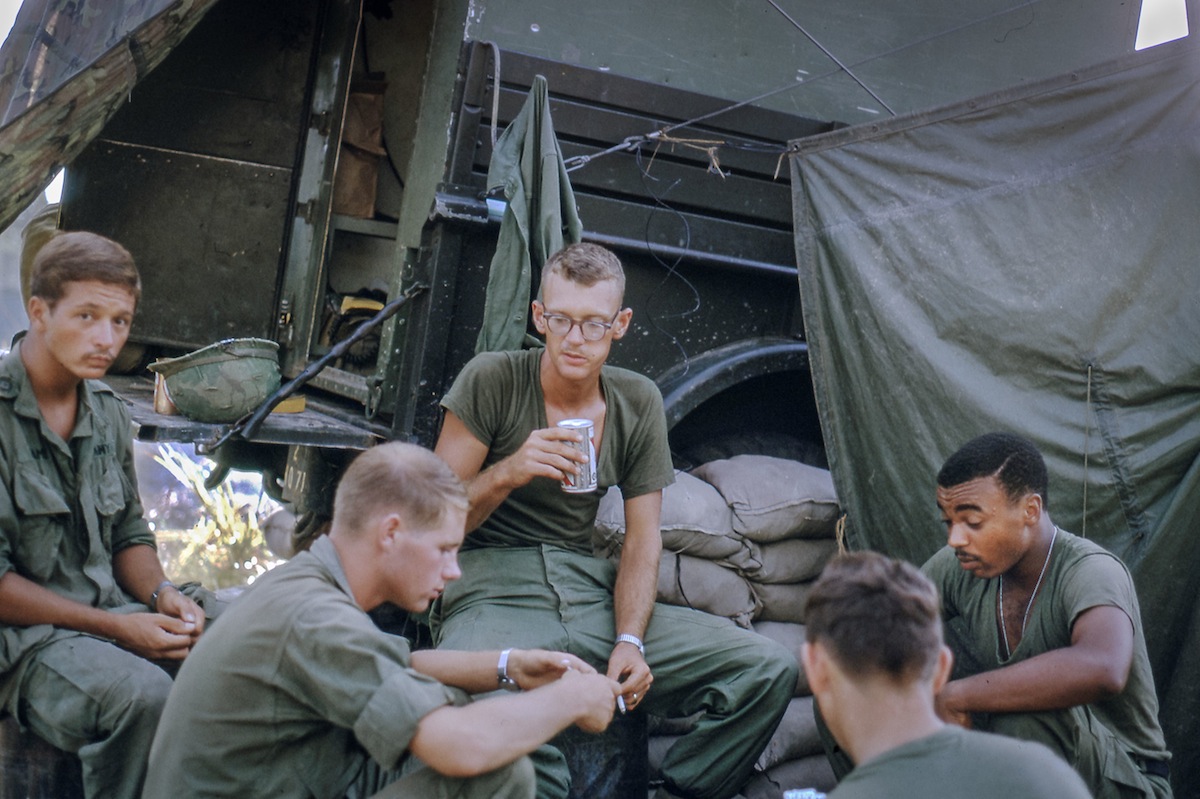
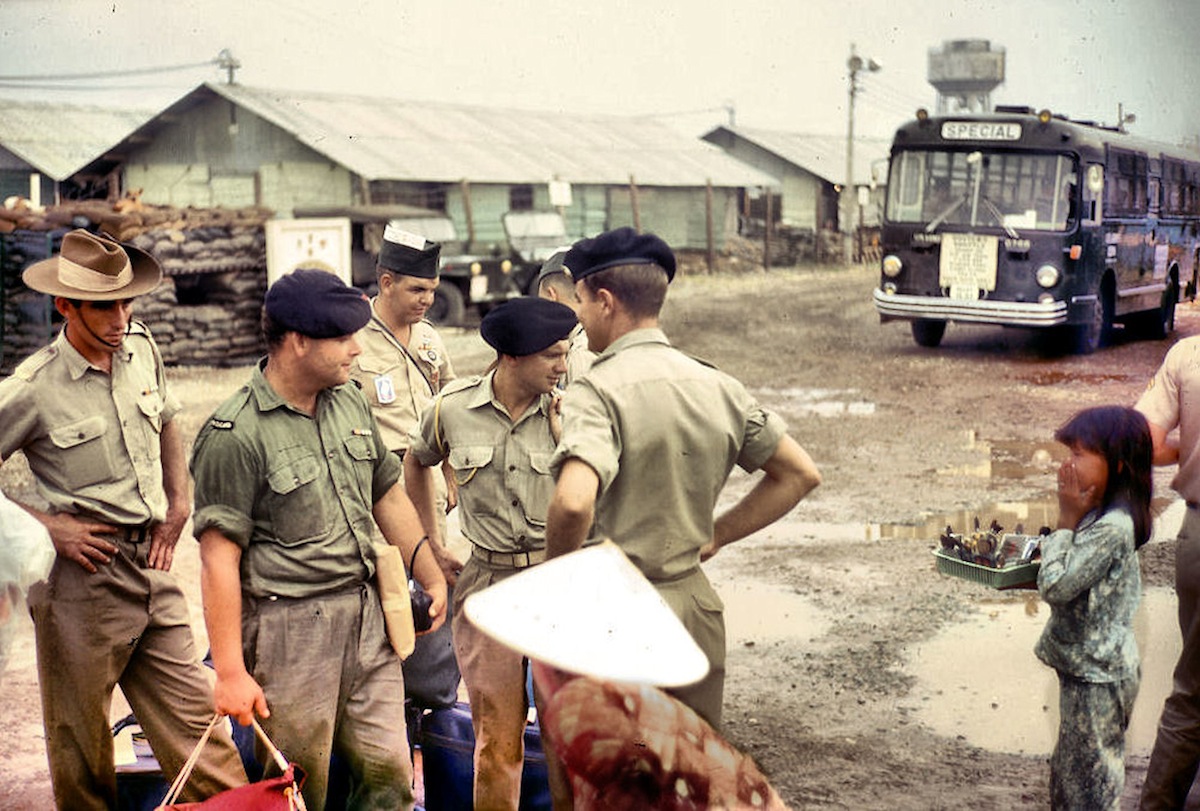
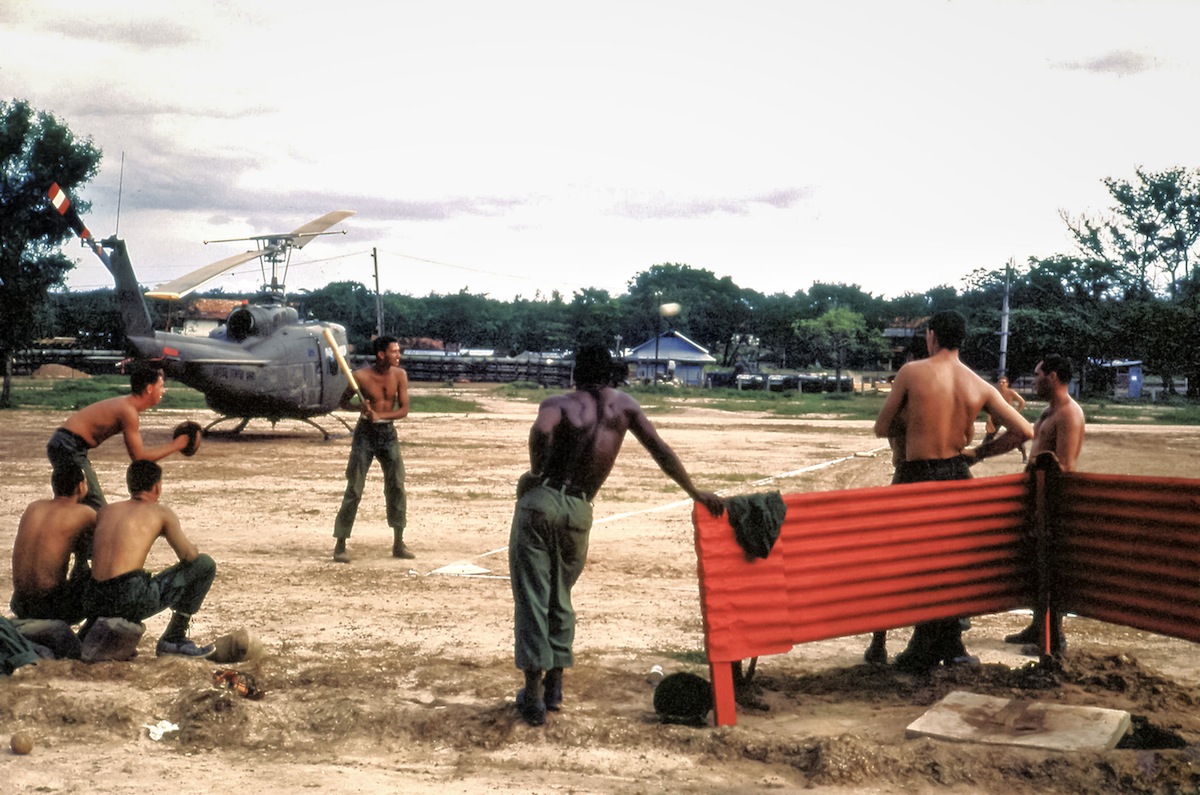



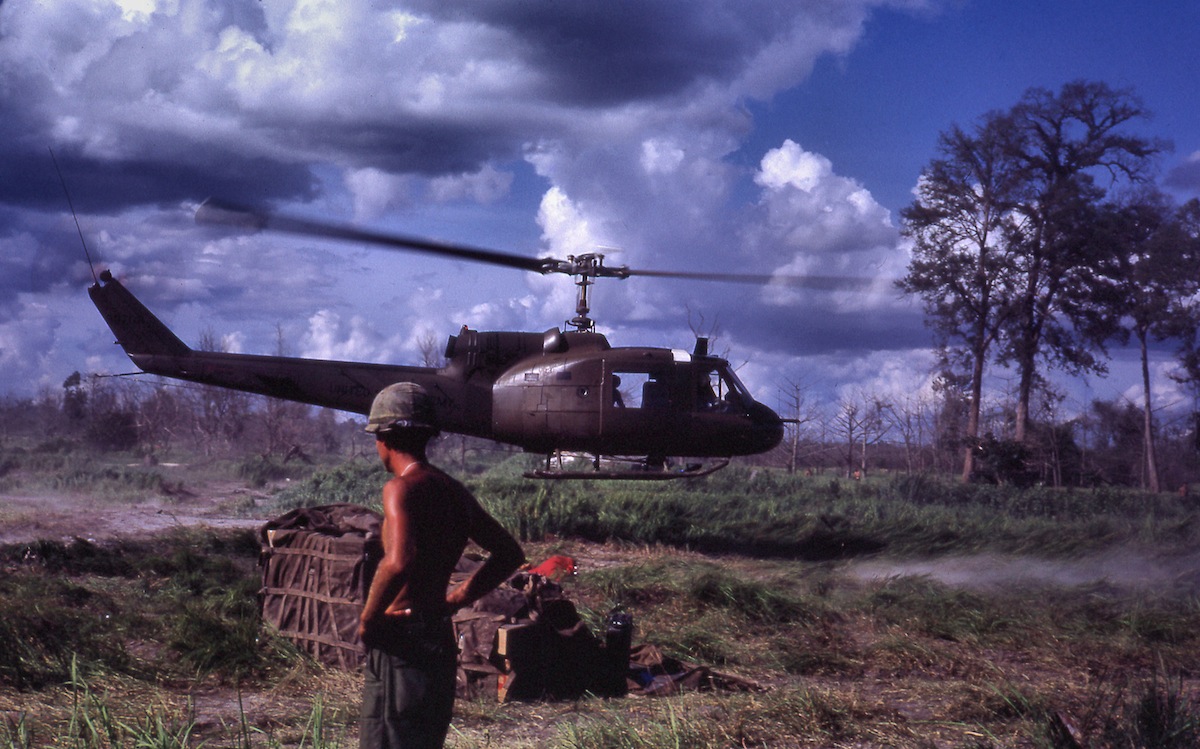

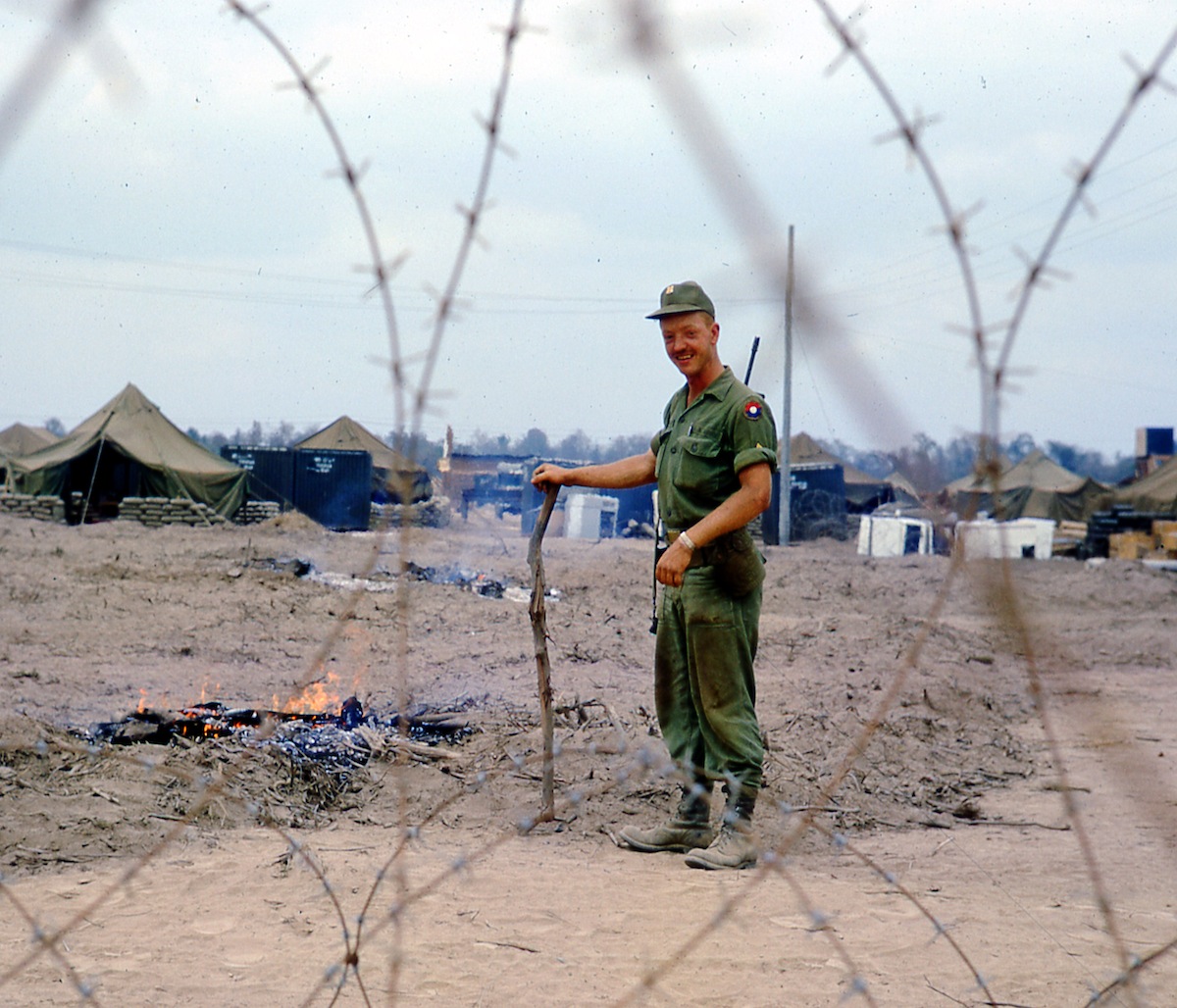
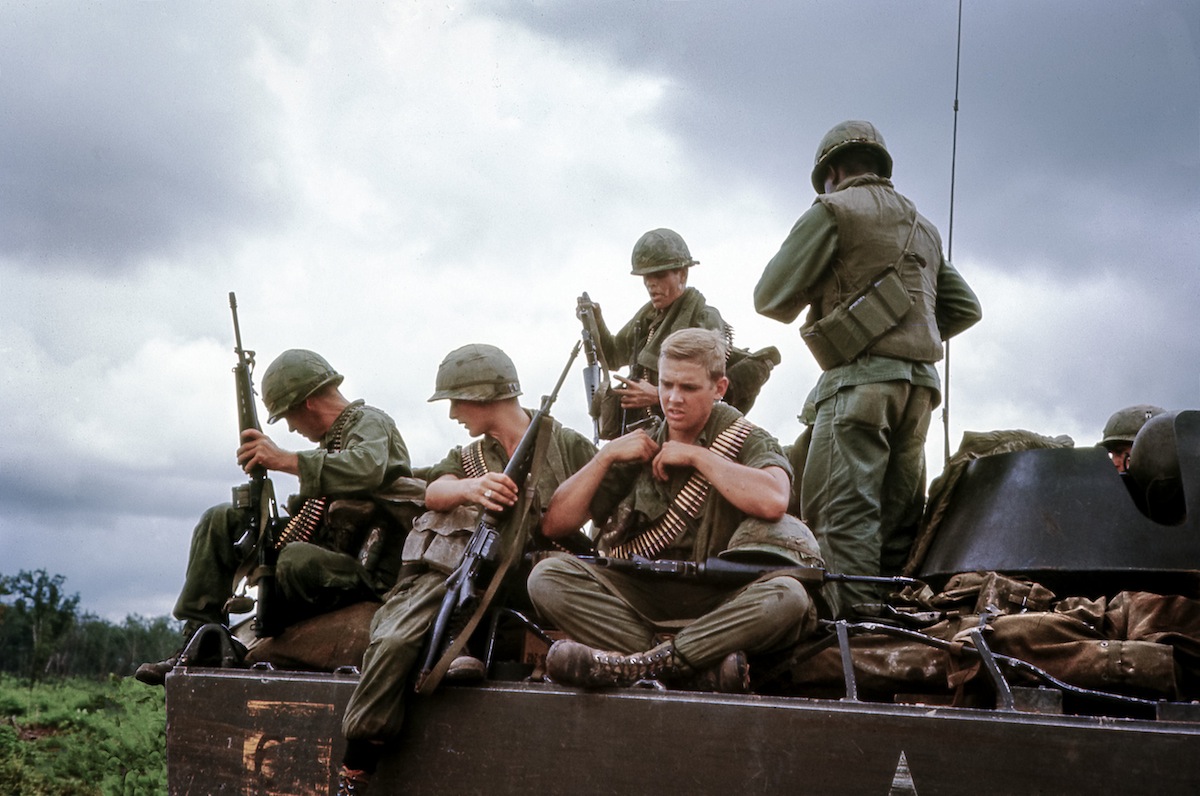
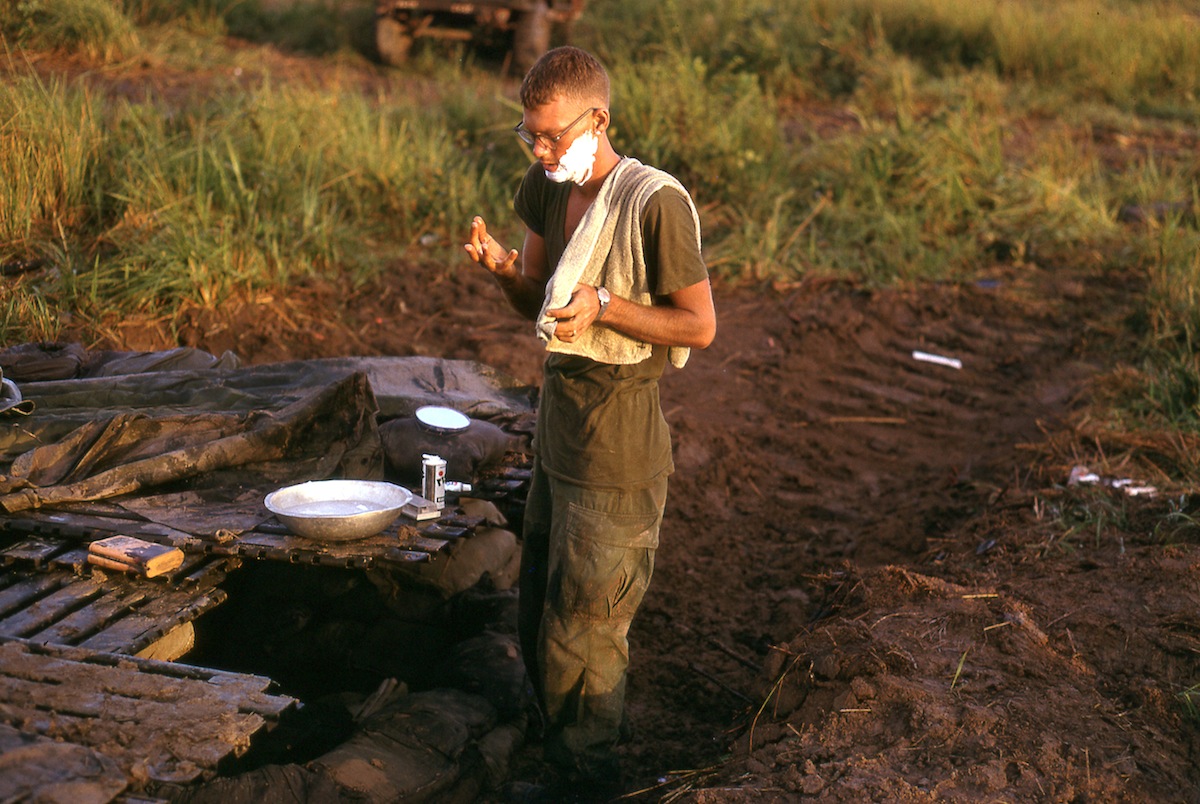

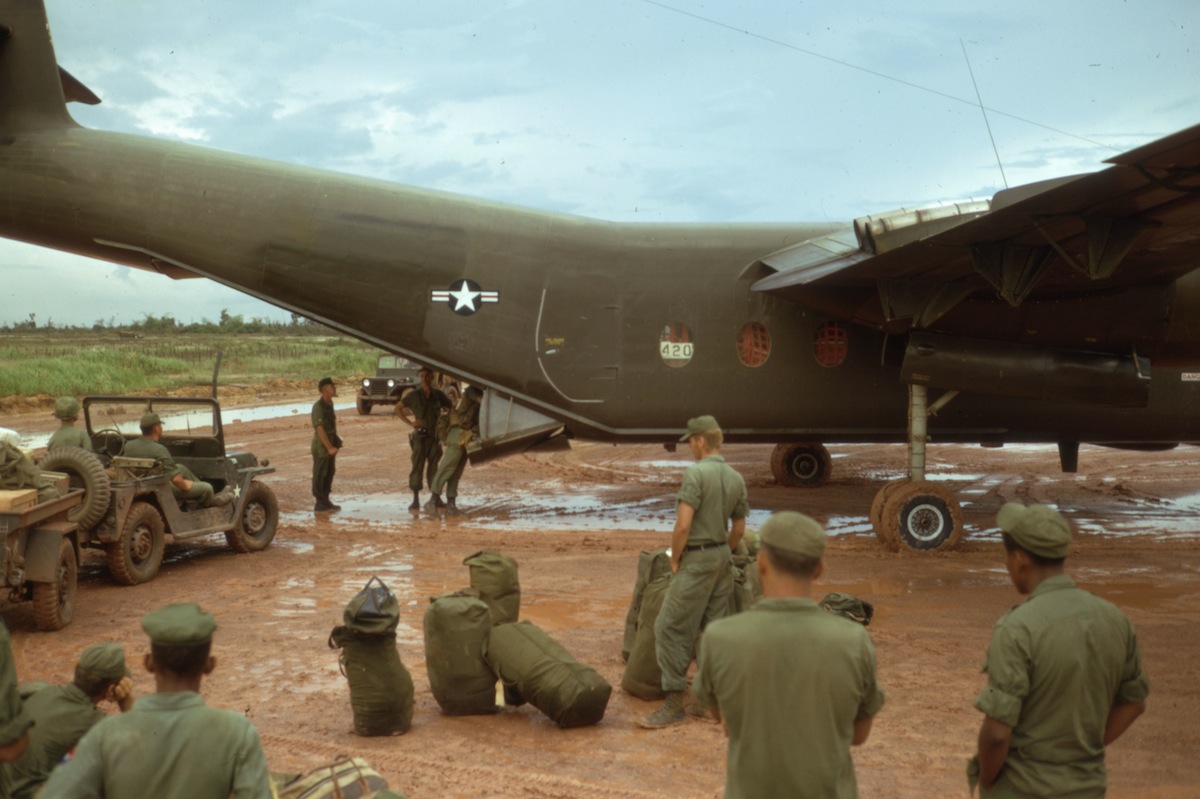
More Must-Reads from TIME
- Donald Trump Is TIME's 2024 Person of the Year
- Why We Chose Trump as Person of the Year
- Is Intermittent Fasting Good or Bad for You?
- The 100 Must-Read Books of 2024
- The 20 Best Christmas TV Episodes
- Column: If Optimism Feels Ridiculous Now, Try Hope
- The Future of Climate Action Is Trade Policy
- Merle Bombardieri Is Helping People Make the Baby Decision
Write to Lily Rothman at lily.rothman@time.com